Piano's Anatomy: Learn Different Parts of an Upright Piano
Beyond their impressive exteriors, the intricate mechanisms and components that make up the heart of these instruments are a fascinating world unto themselves.
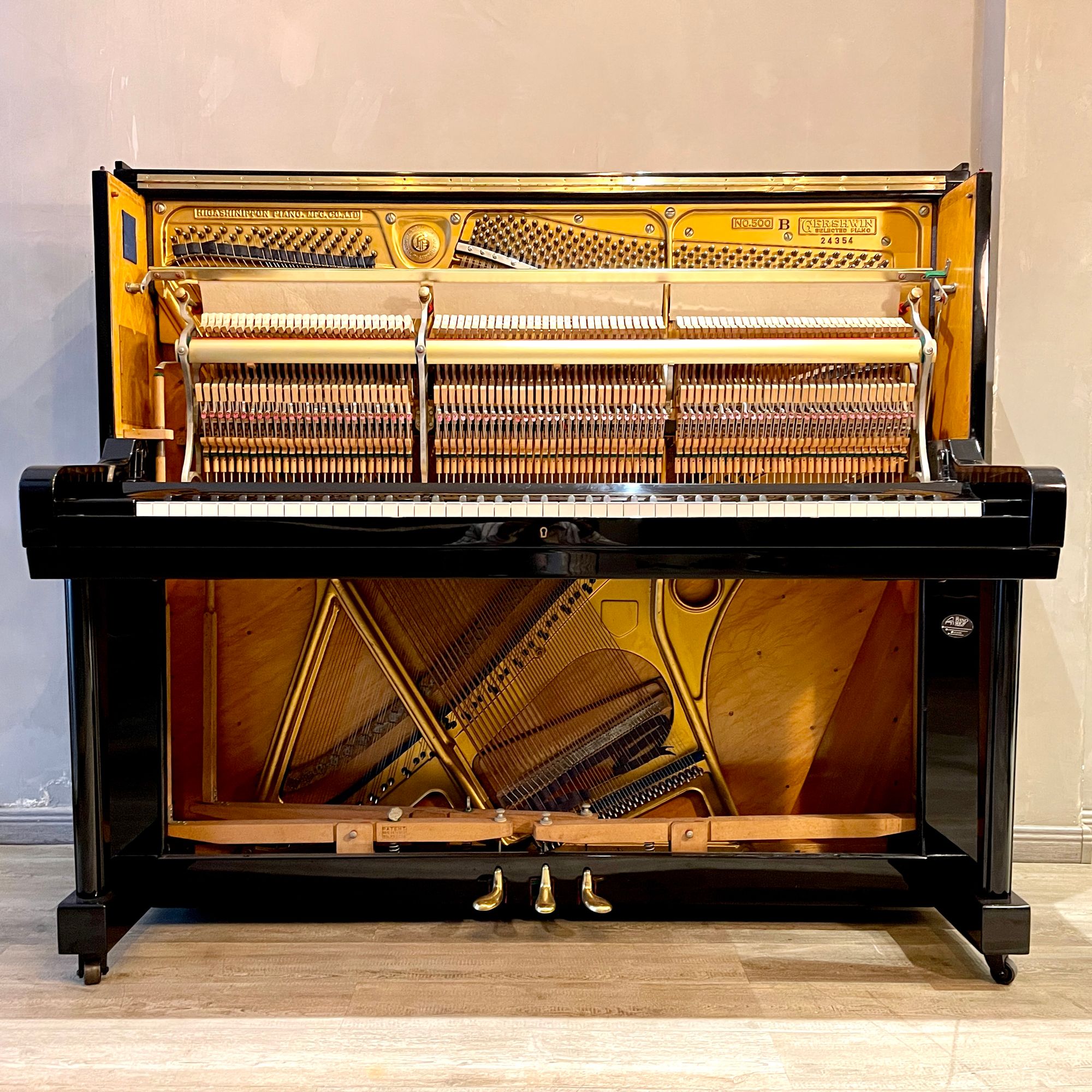
Upright pianos, often referred to as vertical pianos, have a rich history and continue to captivate music enthusiasts with their elegant design and melodious tones. Beyond their impressive exteriors, the intricate mechanisms and components that make up the heart of these instruments are a fascinating world unto themselves.
Every keystroke, every note resonates through a complex system of components, all working in harmony to create beautiful music.
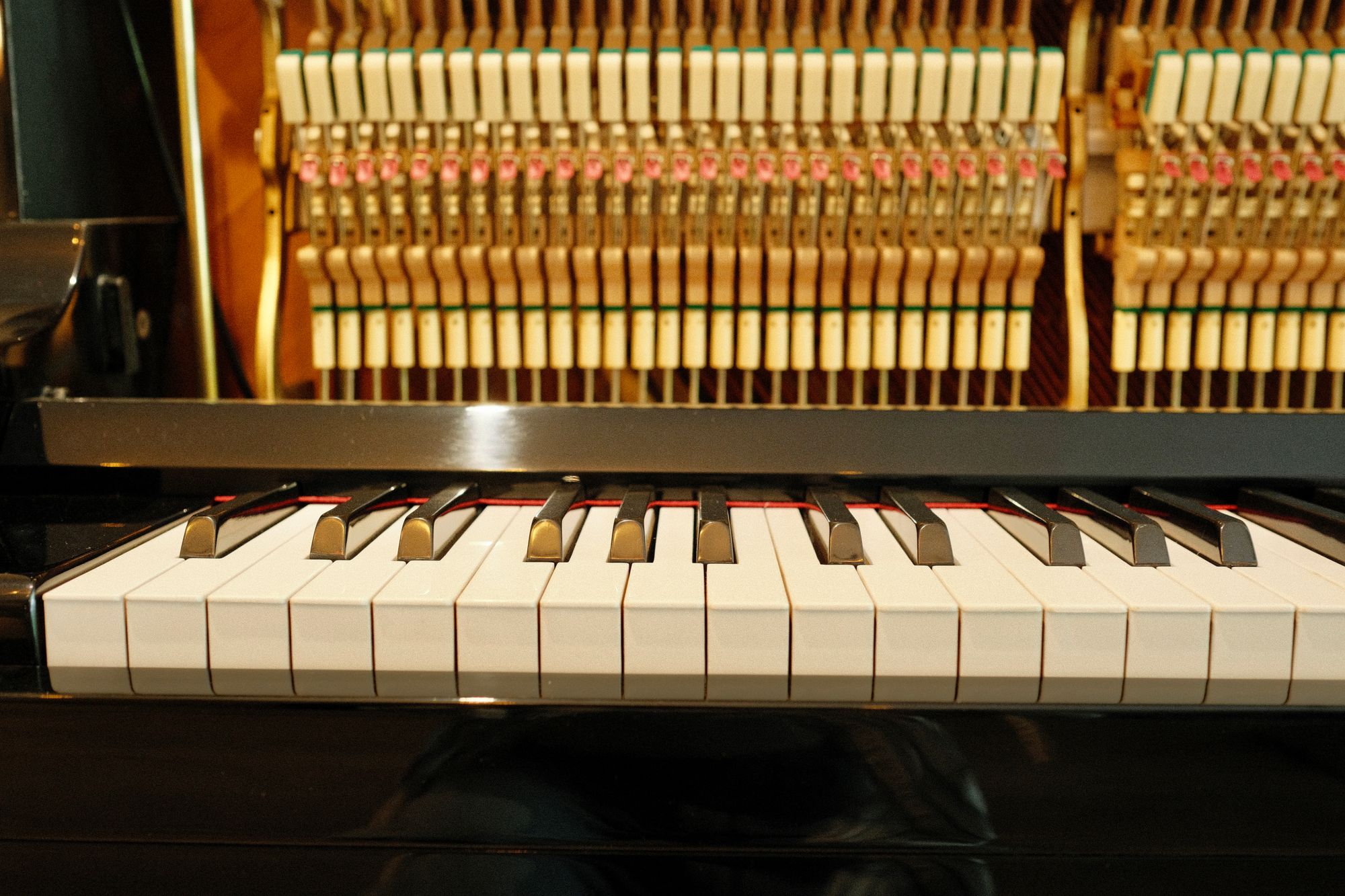
Let's dive into the fascinating anatomy of an upright piano and uncover different behind its melodious charm.
Cabinet and Frame
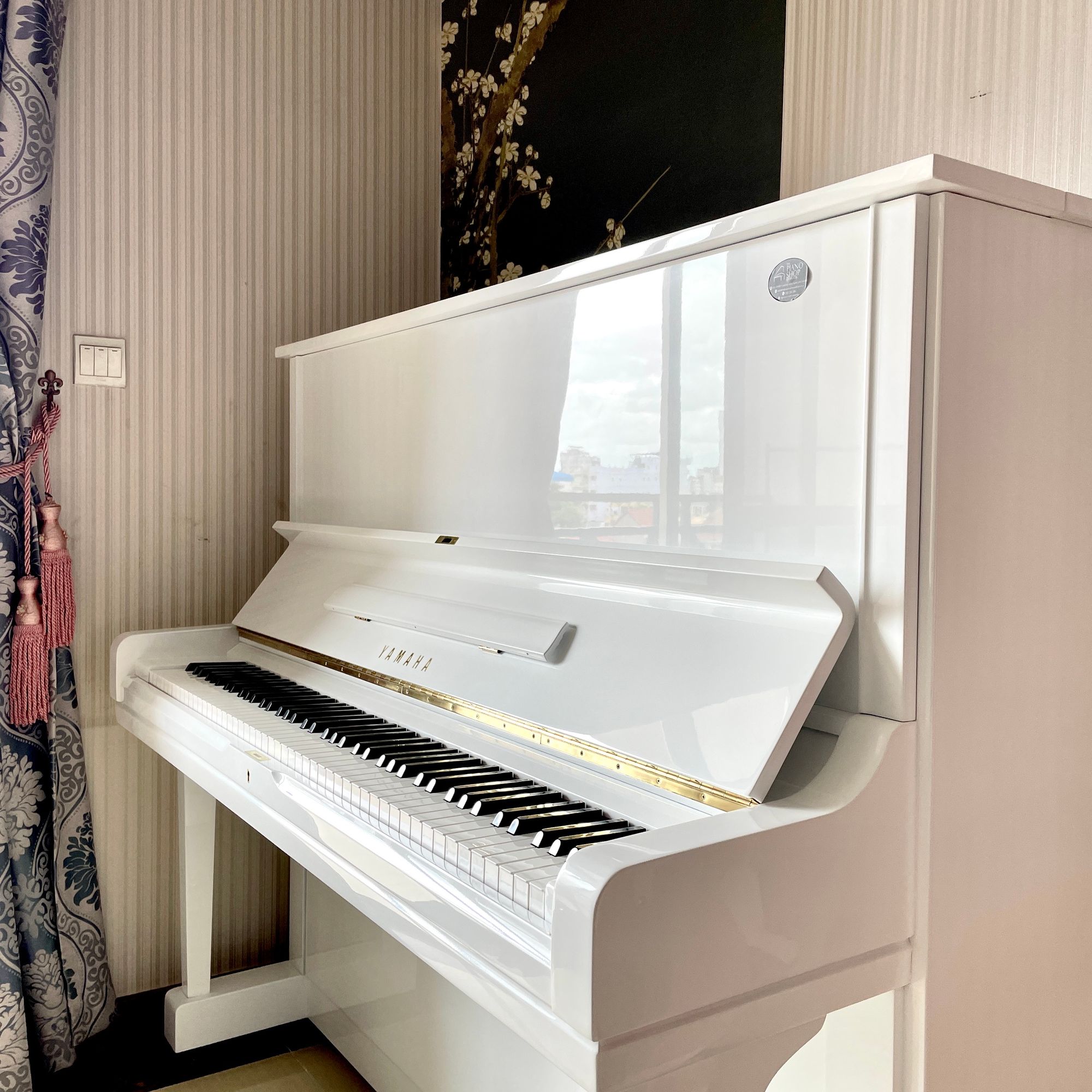
The outer casing of an upright piano, often crafted from wood, not only offers an elegant appearance but also supports the entire structure. Inside, a sturdy frame provides stability and ensures the piano can withstand the tension exerted by the strings.
Soundboard
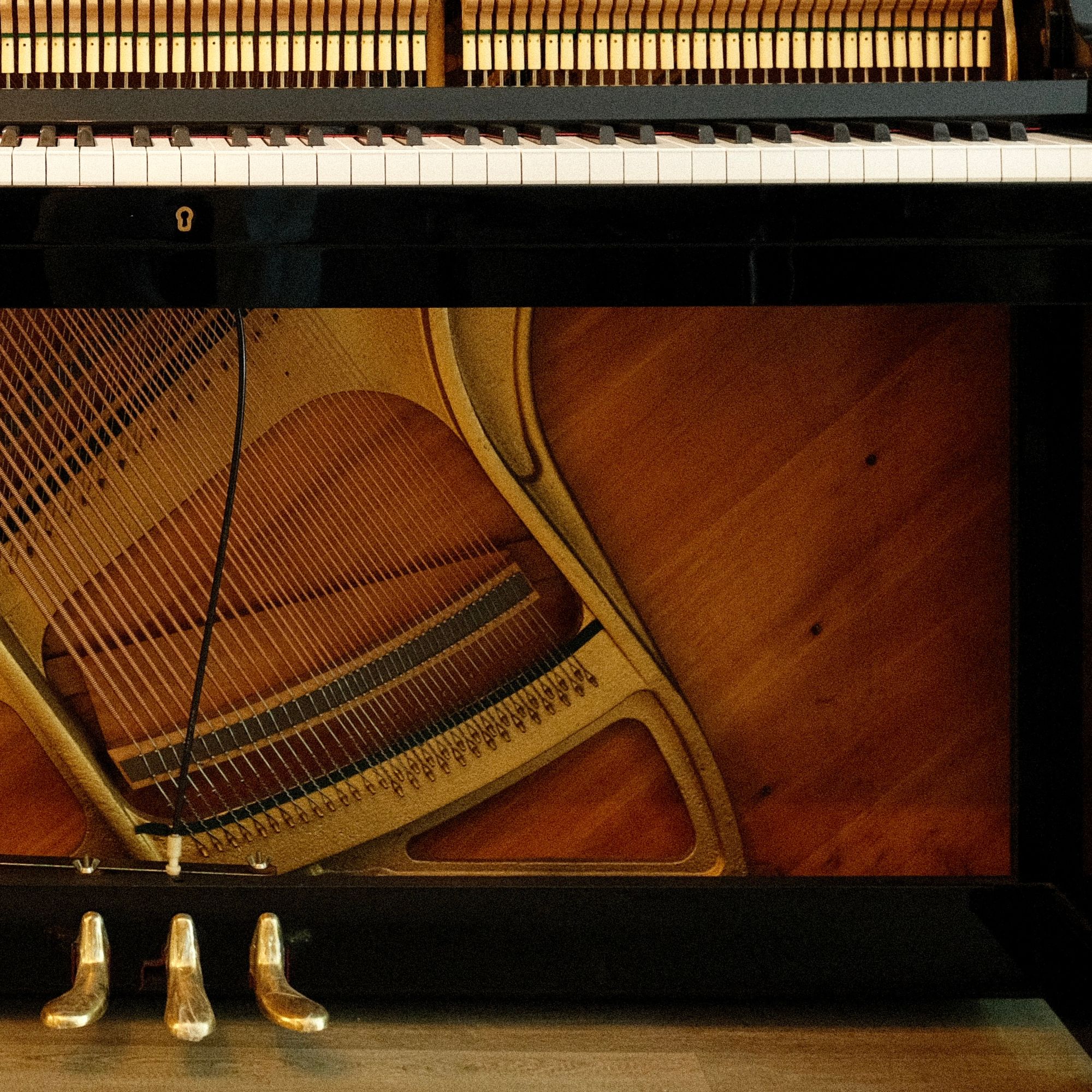
The soundboard is the heart of the piano's resonance. It's a thin, wooden surface that amplifies the vibrations of the strings, turning them into rich and vibrant tones. The soundboard's curvature is carefully designed to optimize sound projection.
Strings and Pins
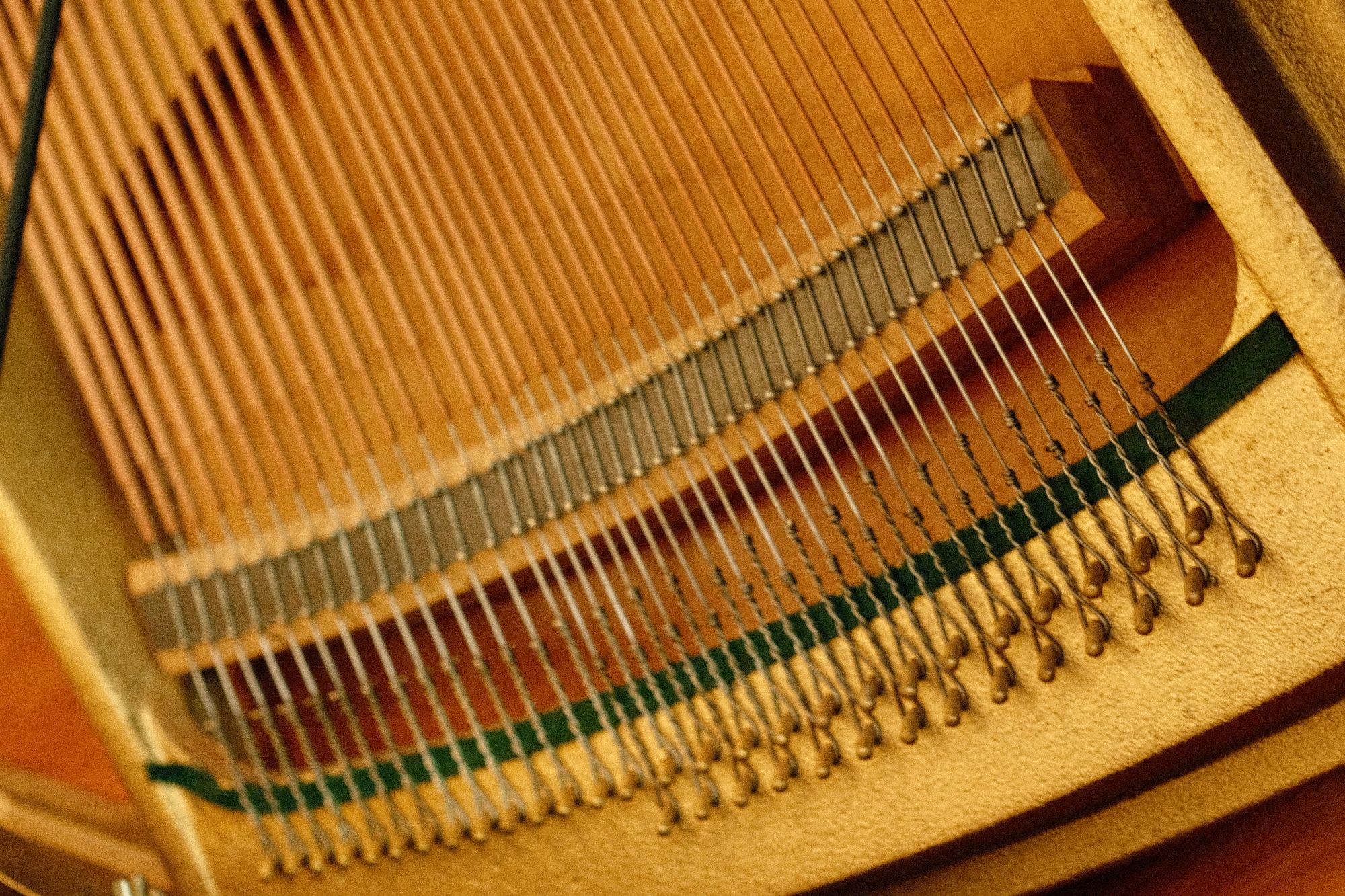
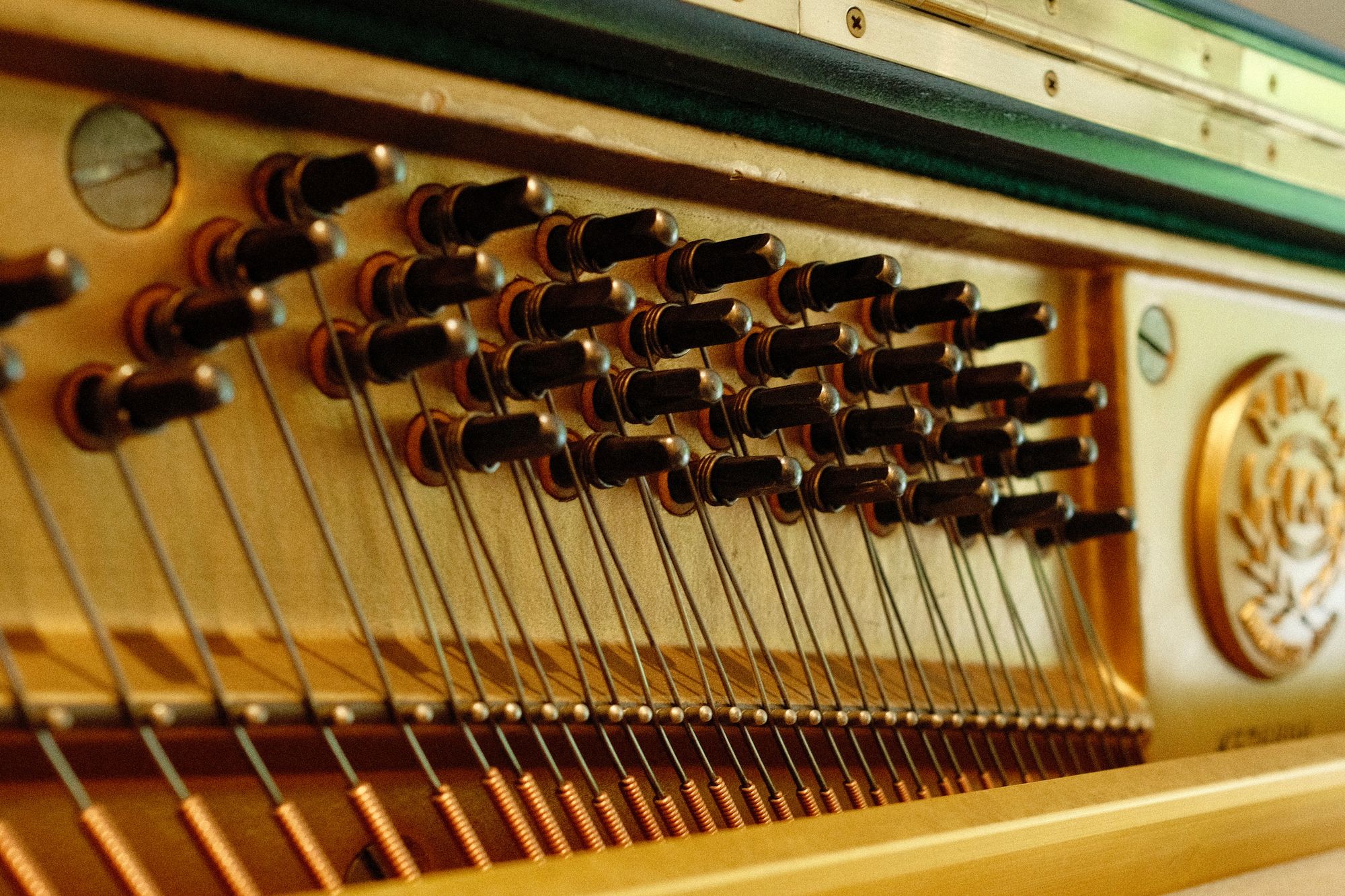
Strings, typically made of steel, are responsible for producing the sound. They are stretched across the soundboard and attached to tuning pins, which are carefully adjusted to achieve the precise pitch of each note.
Hammers and Action
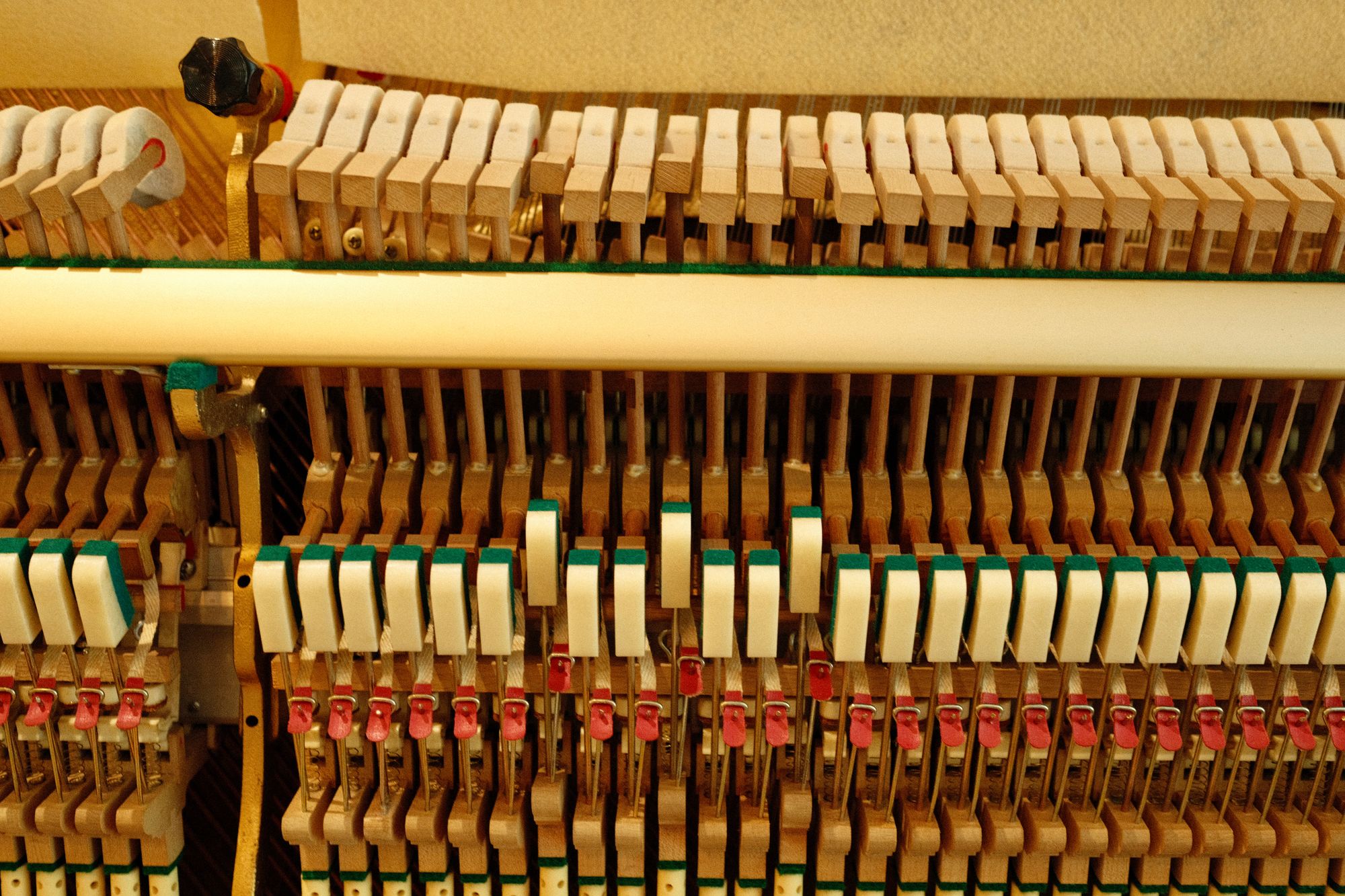
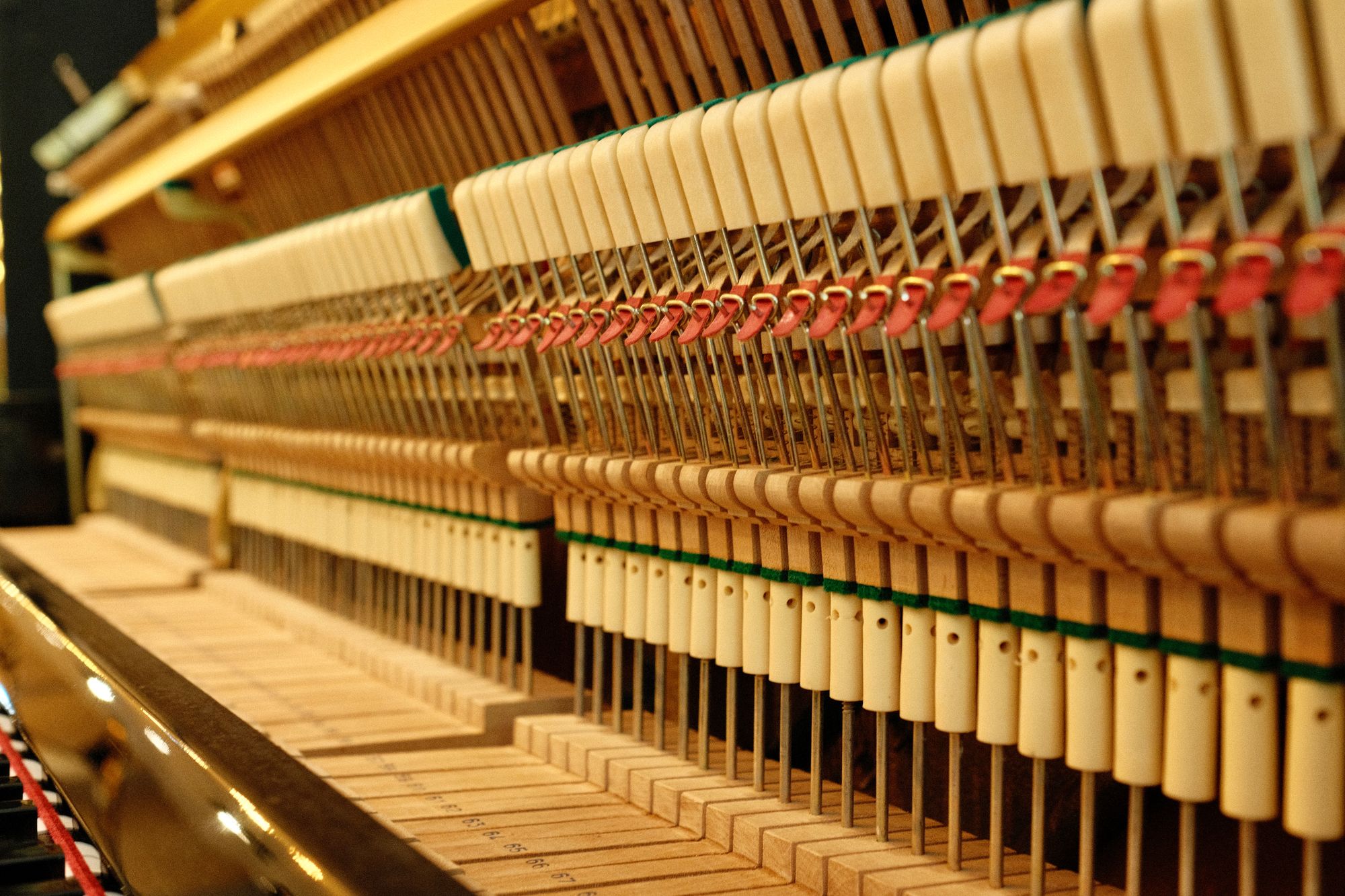
When a key is pressed, a complex mechanism known as the action comes into play. The action consists of hammers, which are covered in felt, and a series of levers and springs. When a key is pressed, the action swiftly lifts the hammer and releases it to strike the strings, producing sound.
Pedals
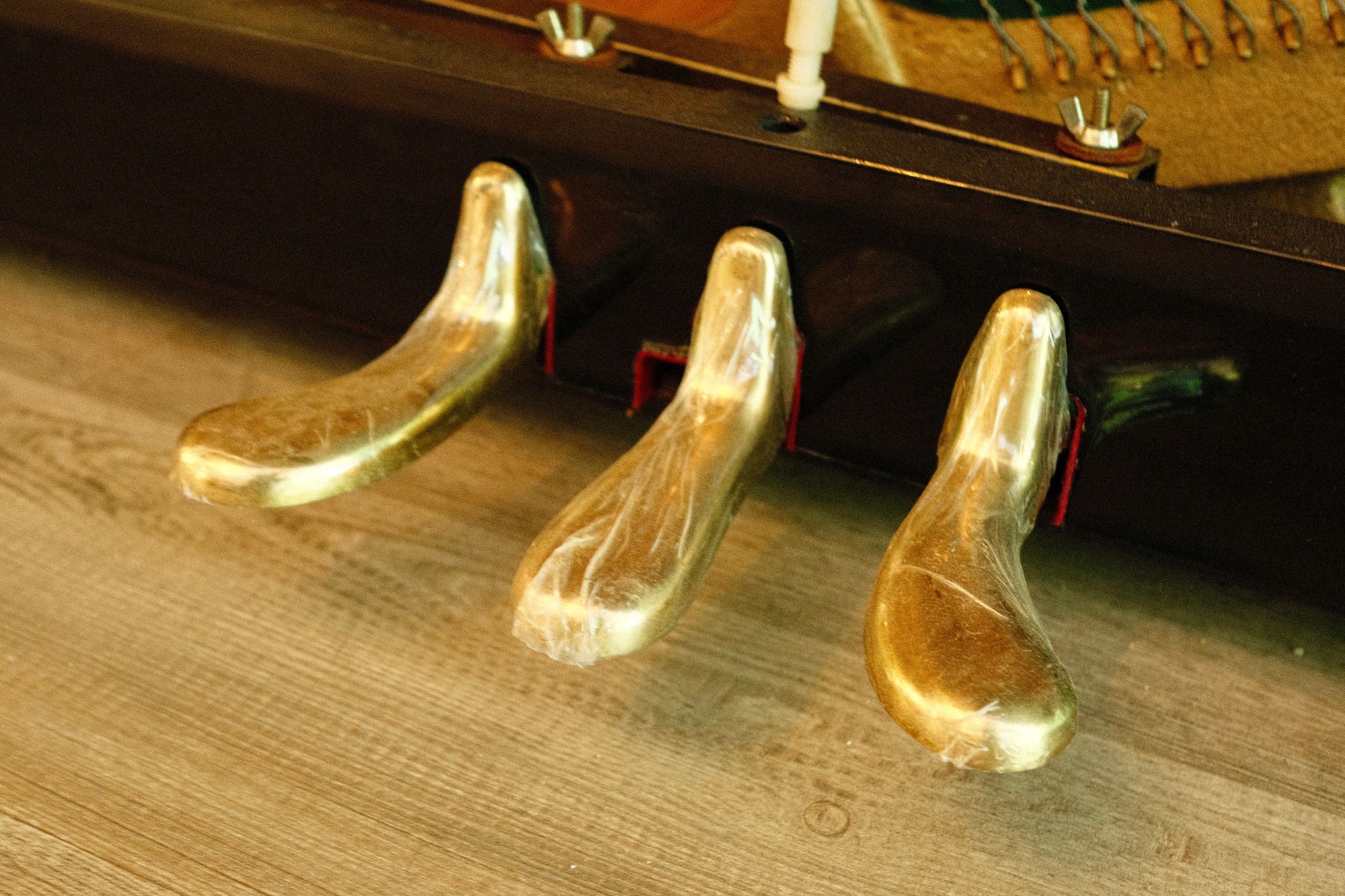
Upright pianos usually have two or three pedals. The damper pedal sustains the sound by lifting all dampers from the strings. The soft pedal shifts the hammers' position for a milder sound, and the una corda pedal shifts the hammers' position slightly to alter the tone.
Keys and Keyboard
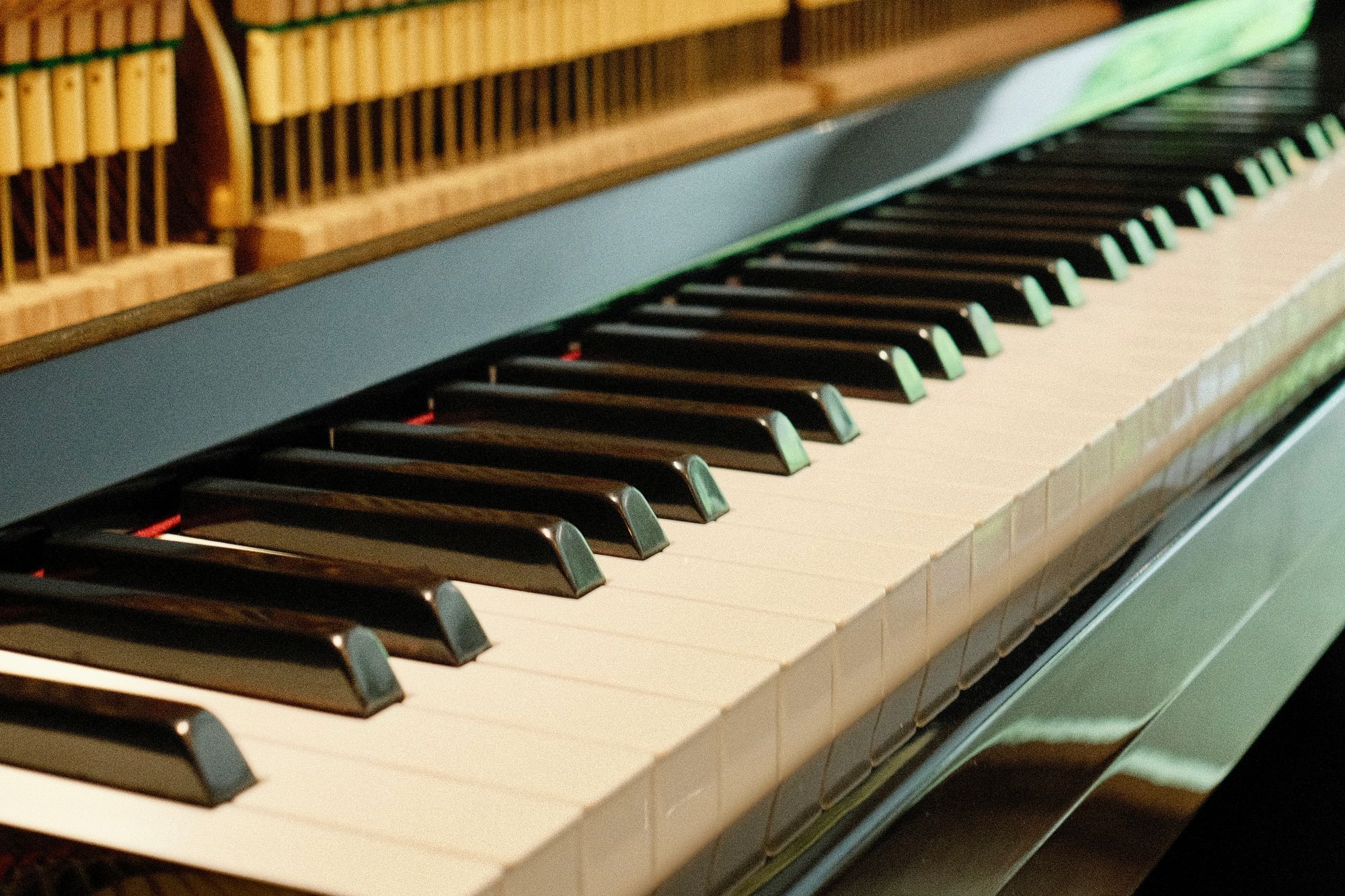
The keyboard comprises the keys you play. Each key corresponds to a specific note, and when pressed, it triggers the intricate action mechanism that eventually strikes the strings. The number of keys varies, but most modern upright pianos have 88 keys, covering a range of more than seven octaves.
Pinblock
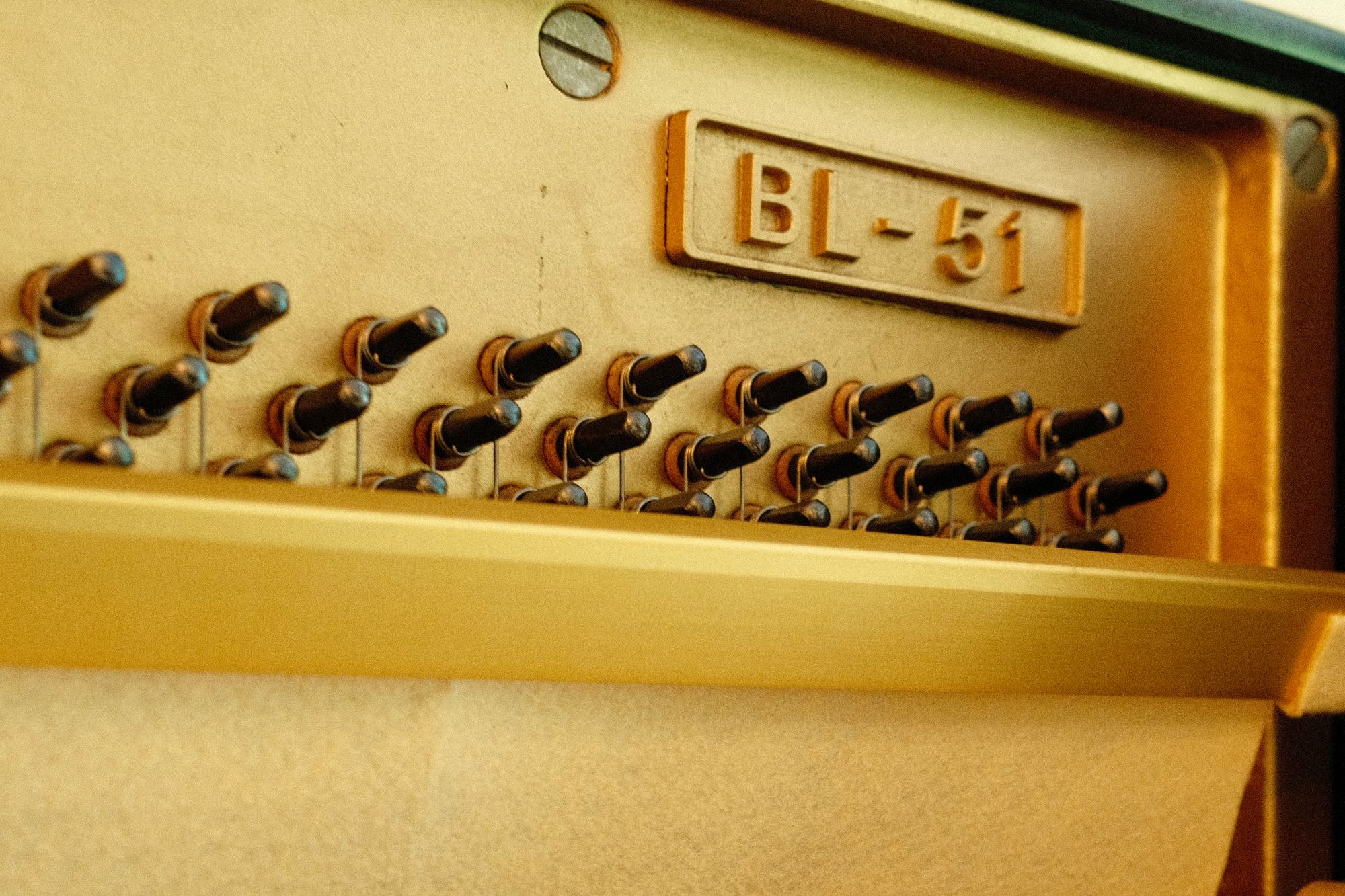
The pinblock is a crucial component that holds the tuning pins in place. These pins are what you turn when tuning the piano. Proper tuning ensures that the strings produce accurate and harmonious sounds.
As you play an upright piano, you're interacting with this intricate symphony of components. Each element contributes to the instrument's character and tonal qualities. An upright piano's enchanting music emerges from the harmonious collaboration of numerous components, each contributing its unique role to the symphony.
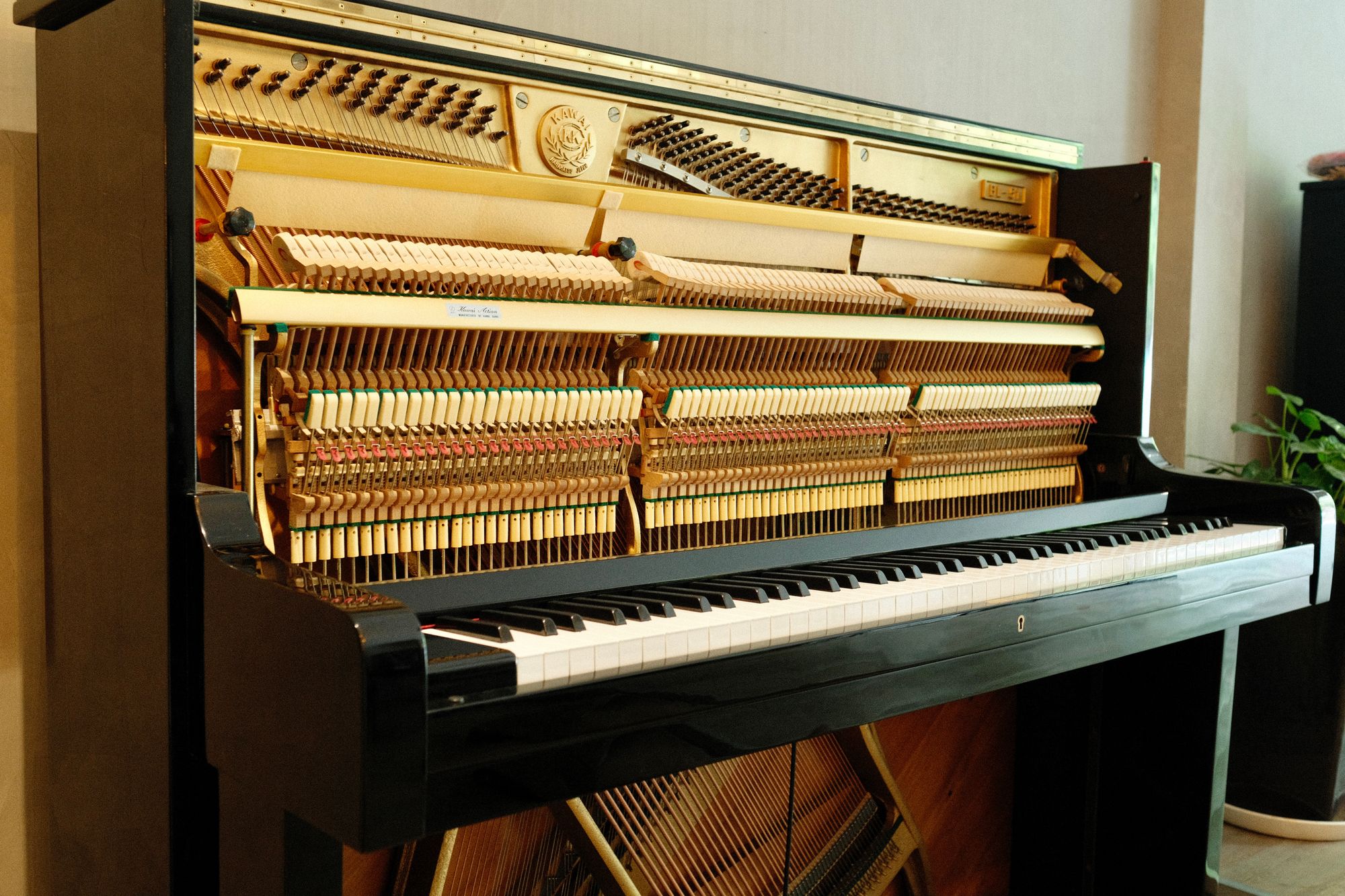
From the graceful exterior to the intricate mechanisms hidden within, the upright piano is a testament to human ingenuity and the pursuit of musical excellence. The next time you play or listen to the beautiful melodies of an upright piano, remember the intricate world that resides within its elegant frame.
Contact us: Telegram & WhatsApp
Visit our showroom located at #215, Street 51 (Rue Pasteur), BBK1
Find us on social media: Linktree

